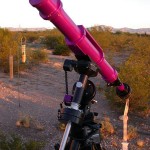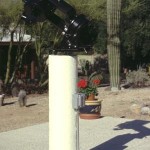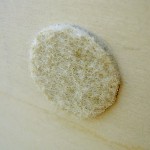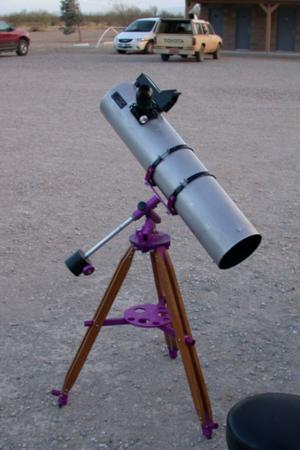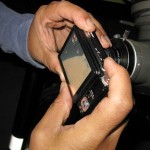Finally, a night where… A) The sky is clear. B) The wind is not howling through the palm trees. C) I am not exhausted by working the summit. D) I do not have to get up early the next morning.
A + B + C + D = Astrophotography from the driveway!
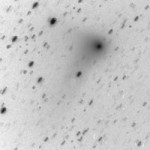
The comet is nicely placed in Ursa Major, transiting late in the evening, available for several hours of exposures. And expose I did, with the auto-guider locked on the a dim star beside the comet, the shutter open for well over two hours. I was shooting my Canon 20Da and the AT6RC, a combination that framed the comet nicely.
It will take a while to get the resulting images processed. In the meantime I did a quick process on a set of images taken with the wide field/finder CCD camera. The results of which can be seen at the right. I also shot a few quick images of the M95 area with the CCD to capture SN2012aw.



